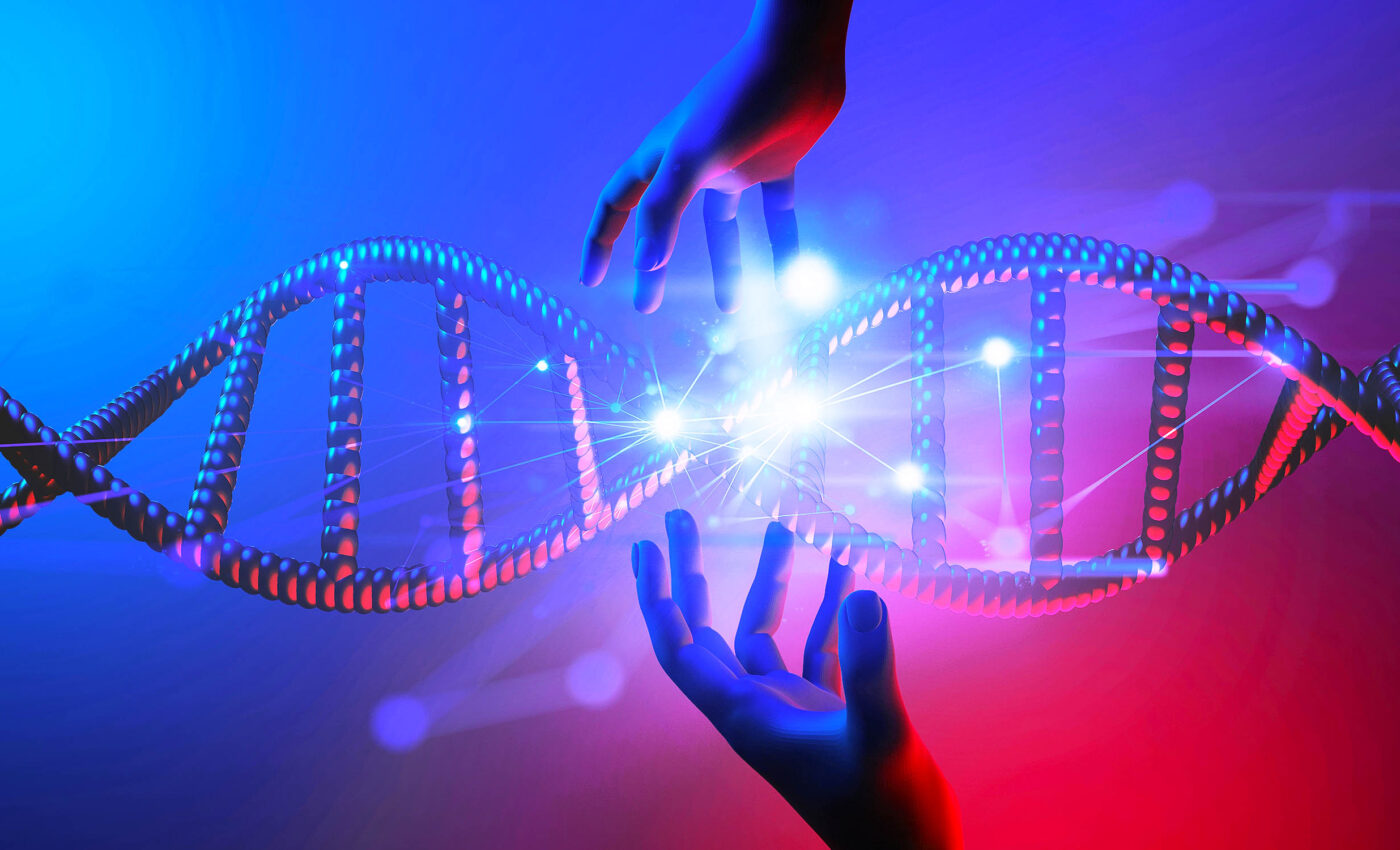
Epigenetic "DNA clocks" predict biological age more accurately
Scientists at Brigham and Women’s Hospital (BWH), part of the Mass General Brigham healthcare system, have introduced a major advancement in the field of biological age research.
The experts have developed a new type of epigenetic clock using machine learning to predict biological age from DNA structure with enhanced precision.
Identifying genetic differences
This innovative model, detailed in the journal Nature Aging, is capable of identifying genetic differences that either decelerate or accelerate the aging process, offering a clearer understanding of aging mechanisms and the effectiveness of anti-aging interventions.
“Previous clocks considered the relationship between methylation patterns and features we know are correlated with aging, but they don’t tell us which factors cause one’s body to age faster or slower. We have created the first clock to distinguish between cause and effect,” said senior author Vadim Gladyshev, an expert in genetics at BWH.
Shift in biological age research
This development marks a pivotal shift in aging research, allowing scientists to not only predict biological age but also to discern the changes in DNA methylation that either propel or counteract aging.
The study leverages a vast genetic dataset to perform an epigenome-wide Mendelian Randomization on 20,509 CpG sites related to eight aging traits.
Kejun (Albert) Ying, the study’s first author, helped with the creation of three models – CausAge, DamAge, and AdaptAge – to analyze and interpret these relationships.
These models were meticulously trained using blood samples from the “Generation Scotland Cohort,” comprising individuals aged 18 to 93 years.
Biomarkers that directly influence aging
The research team successfully mapped human CpG sites causative of biological aging, facilitating the identification of biomarkers directly influencing aging and the assessment of various anti-aging strategies.
The findings underscore the complex interplay between genetic inheritance and lifestyle factors in determining the rate of aging among individuals.
Further validation of these epigenetic clocks was conducted using data from the Framingham Heart Study and the Normative Aging Study, revealing correlations between DamAge and adverse health outcomes and AdaptAge with increased longevity.
The clocks also demonstrated their utility in evaluating the rejuvenation potential of reprogrammed stem cells, with DamAge scores indicating a reduction in age-related damage.
Broader implications of biological age
By applying these clocks to biological samples from patients with chronic conditions and lifestyle-induced damage, the researchers were able to differentiate between conditions exacerbating age-related damage and those associated with protective adaptations.
“Aging is a complex process, and we still do not know what interventions against it actually work,” said Gladyshev. “Our findings present a step forward for aging research, allowing us to more accurately quantify biological age and evaluate the ability of novel aging interventions to increase longevity.”
This breakthrough in aging research paves the way for more nuanced understanding and treatment of the aging process, promising a future where interventions can be tailored to not just slow down aging but potentially reverse its effects.
More about biological aging
As discussed above, biological aging, also known as senescence, is the gradual decline in physiological function and integrity that organisms experience as they get older. This process involves changes at the molecular, cellular, and systemic levels.
Molecular level
At the molecular level, aging is characterized by the accumulation of damage to DNA, proteins, and lipids, caused by factors such as environmental stresses and normal metabolic processes. This damage can lead to mutations, disruptions in cellular function, and the loss of cellular integrity.
Telomere shortening, which occurs each time a cell divides, also plays a significant role. Telomeres are protective caps on the ends of chromosomes that shorten with each cell division, eventually leading to cellular senescence or apoptosis (programmed cell death) when they become too short.
Biological age at the cellular level
Cellular aging is marked by a decrease in the cell’s ability to divide (replicative senescence), an increase in the number of senescent cells that resist apoptosis, and a decline in the efficiency of cellular repair mechanisms.
Senescent cells can negatively affect neighboring cells and tissue function through the secretion of pro-inflammatory factors and other molecules, a phenomenon known as the senescence-associated secretory phenotype (SASP).
At the systemic level, aging affects the function of various organs and tissues, leading to a gradual decline in physiological capacity and an increased risk of diseases such as cardiovascular disease, diabetes, cancer, and neurodegenerative disorders. The immune system also undergoes changes, becoming less effective at fighting infections and more prone to autoimmune responses.
Theories about biological age
Theories of aging are diverse and include the free radical theory, which posits that accumulated damage from reactive oxygen species (ROS) plays a critical role, and the mitochondrial theory, which focuses on the decline in mitochondrial function as a key driver of aging.
Additionally, the role of genetic factors in aging is evident from the observation that lifespan and aging rates vary significantly among species and even among individuals of the same species, suggesting that genetics, along with lifestyle and environmental factors, influence the aging process.
Future research into biological age
Despite the challenges posed by aging, research in the field of gerontology and biogerontology is actively exploring interventions that could delay the aging process, improve health span, and extend lifespan.
These include dietary interventions, such as caloric restriction, and pharmacological approaches targeting aging pathways, such as those involving sirtuins, mTOR, and AMP-activated protein kinase (AMPK).
—–
Like what you read? Subscribe to our newsletter for engaging articles, exclusive content, and the latest updates.
—–
Check us out on EarthSnap, a free app brought to you by Eric Ralls and Earth.com.
—–













